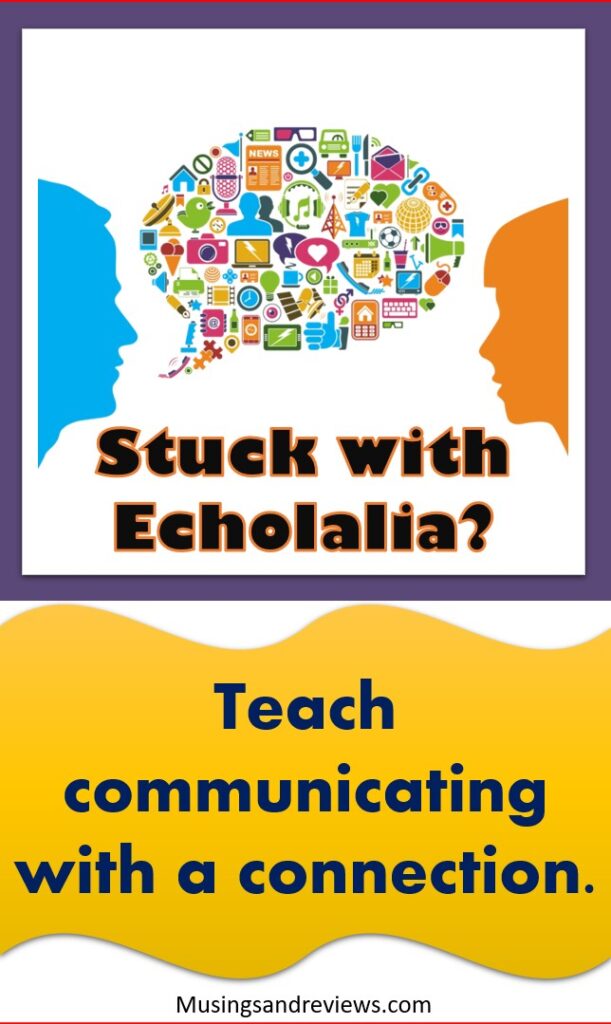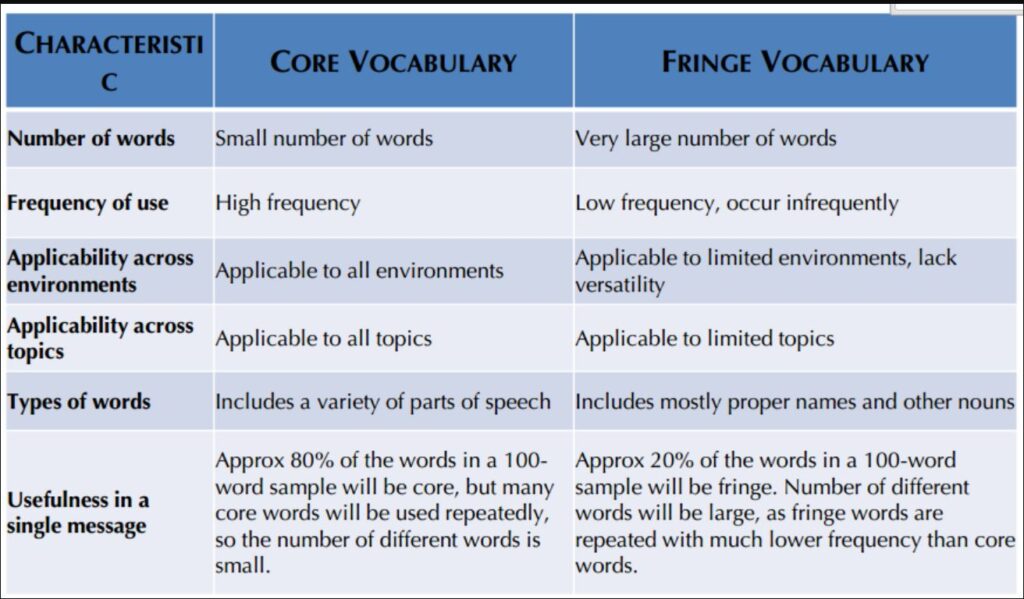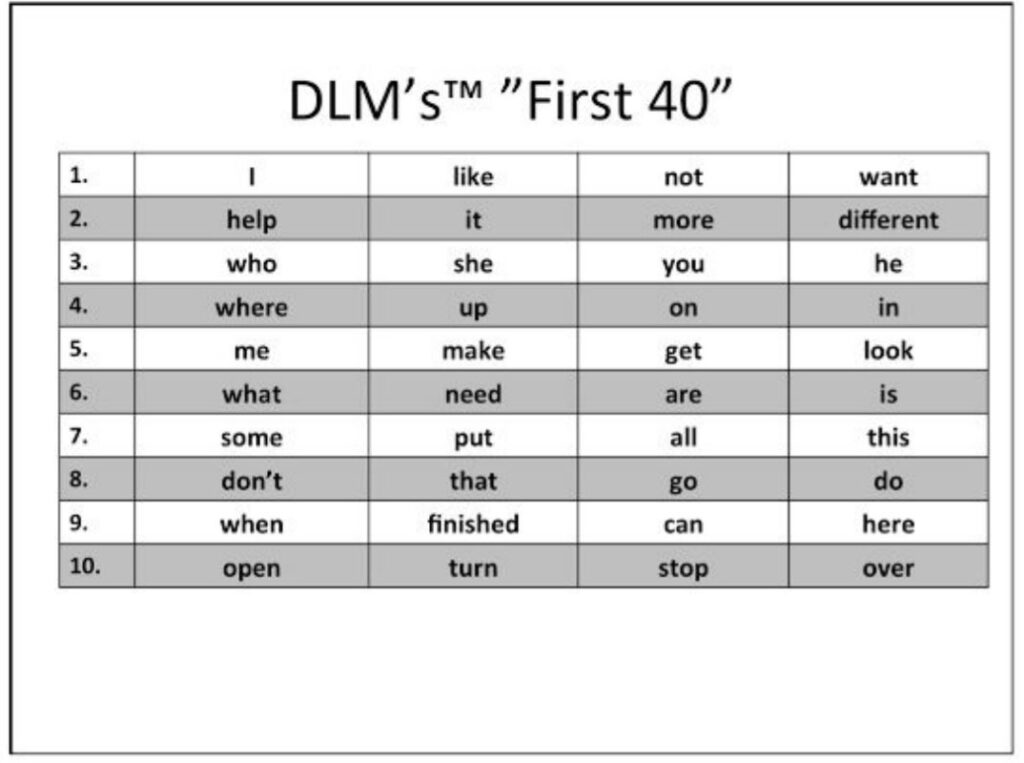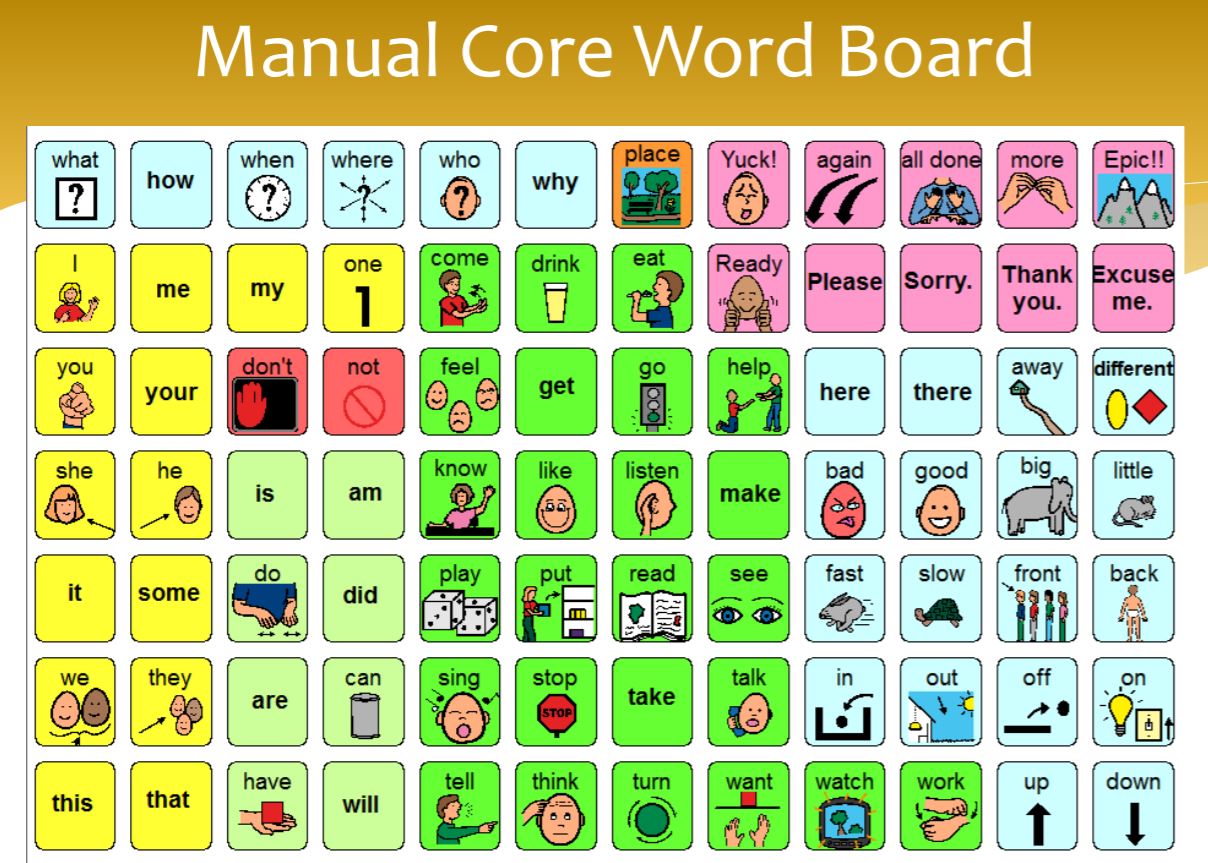 The Power of Core Vocabulary
The Power of Core Vocabulary
Core vocabulary refers to the small number of words that make up >70-90% of what we say daily. These words are relevant across contexts and can have many meanings.
They are a specific set of pronouns, words, descriptors, prepositions and
very few nouns that apply across settings.
Some examples of core vocabulary include: stop, go, get, more, turn, mine, on, off, up, down, that. They are classified as:-
Tier 1- Most basic words.
Tier 2- High-frequency words.
Tier 3- Low-frequency words.
They are also the words that are on the AAC device(Augmentative and Alternative Communication) and are typically also classified as Core vs Fringe Vocabulary.
where
FRINGE – refers to a specific set of low-frequency vocabulary words
that are specific to a particular person or activity.
 What to do with core vocabulary?
What to do with core vocabulary?
You must teach and model vocabulary if you want your kid to learn and use it.
- Pick just one or two core words at a time to teach. Initially, pick one that the child may have some background knowledge on. OR pick a word that might help them the most at the juncture they are.
- And model during instruction and communication activities(joint action routines.)
- Create multiple systems and take advantage of therapists, siblings.
- Vocabulary modeling should be interactive, engaging, and very contextual.
- That is make visuals, write down and present opportunities to express while you teach. However, model profusely before you expect the child to utter the word in an appropriate situation.
- Using vocabulary in multiple ways and contexts will increase his/her understanding. Use tons of literacy activities to support the core word you teach. E.g books, digital books, read-aloud stories, read paper books. Find simple books that focus on that core word.
- Lastly, combine new words with known words to increase understanding of both.
Check out an actual example on the steps outlined above.
The first word I picked to teach was “different“. My son has a limited vocabulary and was extremely engaged in his therapy sessions. However, he would repeatedly breakdown since he couldn’t communicate if he wanted a different activity to work on/any change in the situation.
I followed the structure above strategy with him for teaching the core word “different”.
1) Made visuals for the word “different”.
2) Taught him to find a “different one” from a set of items that were alike. E.g A worksheet with all circles in a row, and one rectangle. All letters and one number. All red and one green. I would circle the odd one in the row and say that’s different, emphasizing the word “different” with created visual.
3) Soon he started doing those worksheets independently.
4) Throughout, I kept modeling activities like you want a different video and then played a different one instantly. Gave him a broken cookie and modeled-
Oh, you want a different cookie and gave one instantly.
Different marker, different color all of which were naturally contrived(highly motivating) opportunities for him.
5)One day, he said I want a different coloring sheet, when he didn’t like the one-handed to him. That’s it, I modeled a few more weeks and he was able to use the word independently as needed. Generalize with other people.
Start here – AAC Dynamic Learning Maps Core Vocabulary

● Dynamic Learning Maps http://dynamiclearningmaps.org/
● The list is developed through research analysis looking at the frequency of words needed for communication purposes.
● Note – this is not all high Core vocabulary but a good starting place.
● Many of these words also tend to be high-frequency sight words for
reading.
Example of an AAC communication board that is modified for the child’s level to include appropriate words.

It may take longer/sometimes sooner, however, stay patient and do this. Move on to the next word and rinse, repeat. Remember gestalt language learners are still learning how to deconstruct and recombine verbal communication. So have patience and keep teaching, you will see progress. Read more on language acquisition styles in my post here.
If you are already past this level and are seeking more techniques to advance language you can read my post on scaffolding with adaptive tools.
References:-
Resources:- https://www.med.unc.edu/ahs/clds/resources/core-vocabulary/ https://aaclanguagelab.com/resources/core-vocabulary https://www.dlmpd.com/dlm-core-vocabulary/
